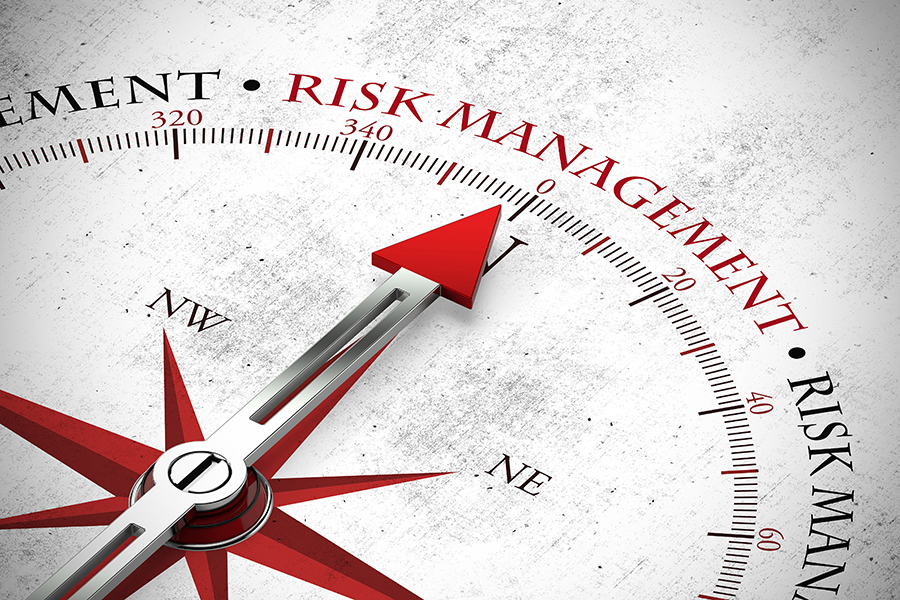Unit 4: Good governance and organisational oversight
4.8 Risk management

All international aid organisations have a responsibility to ensure they don’t cause harm to anyone who has contact with them.
Charities working with children or adults at risk or vulnerable adults have extra responsibilities. Even if you delegate some activities to a safeguarding lead or group, Board members retain overall responsibility. Trustees always remain collectively
responsible for all decisions that are made and actions that are taken with their authority.
(Source: Safeguarding
for charities and trustees)
It is important that Boards review and agree the risks identified, their prioritisation and their management, as well as the contingency arrangements in place. Board members must consider if they are satisfied with the measures the organisation is putting in place to reduce the safeguarding risks that prevent concerns arising or minimise harm if incidents do occur. They should also review the risk appetite for safeguarding risks.
A common way to approach this is to decide whether to treat, tolerate, terminate or transfer the risk. For example, the Board may decide that it is not acceptable to proceed with a planned activity with a high-risk profile unless additional resources
are available to reduce those risks. This is an opportunity to highlight the organisation’s obligations to take reasonable steps to protect individuals from harm and to convey the Board’s attitude towards risk management.
(Source: Bond: Good
Governance for Safeguarding)
The Board should put in place and regularly review the organisation’s process for identifying, mitigating, prioritising, escalating, managing, learning from safeguarding risks and, where applicable, the organisation’s system of internal controls to manage these risks. This ought to be reviewed annually, if not sooner. The approach to risk should be described in its annual report, in line with regulatory requirements.
Boards and their management teams should specifically consider safeguarding risks when:
- Working with children, young people or vulnerable adults.
- Working with adults at risk.
- Operating online.
- Working with other bodies.
- Working overseas.
When developing a risk assessment, a Board should consider whether there is a policy framework in place, comprising of:
- A Code of Conduct.
- A whistleblowing policy.
- A safeguarding policy.
- Safety and security procedures.
|
Activity 4.5 Think of a safeguarding allegation that your organisation has had to manage. How successfully do you think it has managed risk in relation to the points below? Note any learning from your reflections in your journal:
If you work within the UK, here is a checklist that may be helpful to you to think through the next steps: Guidance on reporting safeguarding concerns in a charity. |
![]()
Want to find out more?
For more guidance for safeguarding leads, follow the link below.
